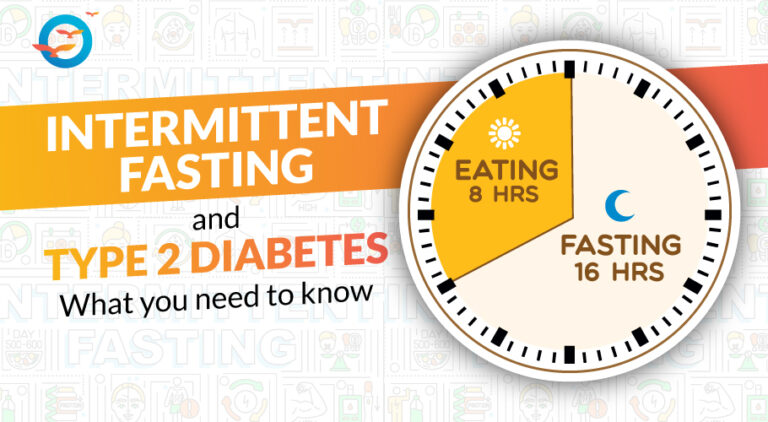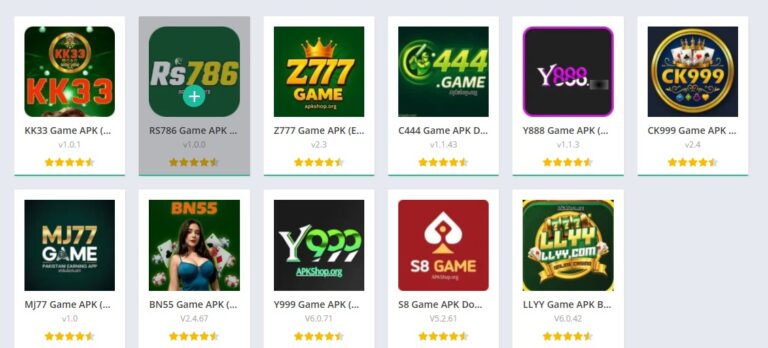Crafting with fabrics has become a popular way to create personalized, stylish items for home décor, gifts, and fashion. Iron on fabric heat transfer, combined with cat print fabric and cushion panels, allows crafters to transform ordinary materials into custom creations. From playful home décor to personalized accessories, this combination brings charm, functionality, and creativity together.
What is Iron On Fabric Heat Transfer?
Iron on fabric heat transfer is a crafting method where a design printed on special transfer paper is applied to fabric using heat and pressure. This process permanently adheres the design, allowing for long-lasting customization.
It works on various fabrics, including cotton, polyester, and fabric blends. Its simplicity makes it accessible for beginners, yet it provides professional results for experienced crafters. Iron on transfers are perfect for t-shirts, tote bags, cushion panels, and more.
Cushion Panels: Practical and Stylish
Cushion panels are pre-cut or pre-made fabric sections designed to be stuffed and turned into cushions. They are available in various sizes, textures, and materials, making them versatile for home décor.
Adding iron on designs to cushion panels allows for a personalized touch. Using cat print fabrics as a base adds playfulness and charm to any space. Cat motifs are popular due to their timeless appeal and versatility, making them ideal for bedrooms, living rooms, or children’s rooms.
Choosing the Right Fabric
The type of fabric is crucial for successful heat transfer. Natural fabrics such as cotton are ideal because they withstand high heat. Polyester fabrics can also be used, but require transfer papers designed for synthetics and careful handling.
Cat print fabric often comes in cotton or cotton-blend materials, providing a smooth surface for heat transfers. Its colorful designs ensure that transfers stand out, creating visually appealing and durable items. Always check fabric care instructions and test a small area before applying a full design.
Steps for Successful Heat Transfers
To achieve professional results, follow these key steps:
-
Prepare the Fabric: Wash and dry the fabric, removing wrinkles for better adhesion.
-
Use Quality Transfer Paper: High-quality transfer paper ensures vivid colors and strong adhesion.
-
Set the Correct Temperature: Follow the instructions on the transfer paper for your fabric type.
-
Position the Design: Use guides, rulers, or tape to align the design accurately.
-
Apply Even Pressure: Use a heat press or household iron with steady pressure.
-
Let the Fabric Cool: Allow the transfer to cool before handling to avoid smudging or peeling.
Proper preparation and attention to detail result in durable and professional-looking projects.
Creative Ideas with Cat Print Fabric
Cat print fabric is a playful and versatile choice. Paired with heat transfers, it opens up numerous possibilities:
-
Cushion Covers: Personalize cat print cushion panels with designs, names, or quotes.
-
Tote Bags: Add fun iron on designs to cat print bags for unique accessories.
-
Apparel: T-shirts, hoodies, and aprons can be customized with cat print fabric and heat transfers.
-
Wall Décor: Frame cat print fabric and apply heat transfers to create decorative wall art.
-
Children’s Items: Create pencil cases, small bags, or décor items with cat motifs and custom transfers.
Combining iron on heat transfer with cat print fabric adds creativity, personality, and style to every project.
Caring for Heat Transfer Projects
Proper care extends the life of iron on fabric heat transfers. Wash items in cold water with mild detergent to prevent fading. Avoid direct heat on the design when ironing; instead, use a cloth as a protective barrier. Fluff cushion panels regularly and spot clean when necessary to maintain shape and appearance. With the right care, heat transfer projects can last for years without losing their vibrancy.
Beyond Cushion Panels
While cushion panels are a popular choice, iron on fabric heat transfer can be applied to many other items:
-
Home Décor: Table runners, placemats, quilts, and curtains.
-
Accessories: Wallets, pouches, tote bags, and hats.
-
Clothing: T-shirts, aprons, hoodies, and jackets.
Cat print fabrics are highly versatile and visually appealing, while heat transfers allow for customization and creativity.
Conclusion
Iron on fabric heat transfer, cat print fabric, and cushion panels combine functionality, creativity, and charm. From decorative cushions to personalized clothing and accessories, this combination allows endless creative possibilities. By selecting high-quality fabrics, following proper heat transfer techniques, and adding playful designs, you can produce durable, stylish, and unique items. Cat prints add personality, while cushion panels provide structure, resulting in projects that are both practical and visually appealing.
FAQs About Iron On Fabric Heat Transfer
1. Can iron on transfers be used on polyester fabrics?
Yes, but use transfer paper designed for synthetics and adjust heat carefully.
2. How should cushion panels with heat transfers be cleaned?
Spot clean or use gentle cycles to protect the designs.
3. Are cat print fabrics suitable for clothing?
Yes, they are perfect for apparel and can be enhanced with iron on designs.
4. How durable are heat transfer designs?
With proper care, they can last for several years without fading or peeling.
5. Is a heat press required for iron on transfers?
No, a household iron works well if proper pressure and heat are applied.
6. Can multiple transfers be layered on one fabric piece?
Yes, each layer should be pressed and cooled before adding another design.




